As part of the CARES Act, Congress has provided a Paycheck Protection Program (PPP) Loan to help small businesses (mostly businesses less than 500 employees) relief from the economic impacts of COVID-19. For more information about the purpose and benefits of these loans, please refer to our other article Small Business Administration Loan Options from the Coronavirus Aid, Relief and Economic Security (CARES) Act.
One of the most attractive aspects for small businesses regarding these loans is the ability for these loans to be forgiven. The amount of loan forgiven can be up to the full principal amount and interest. The amount forgiven is dependent on the following:
- Amount used within 8 weeks from the origination of the loan for allowable expenses (Refer to this article regarding the types of allowable expenses)
- Maintain headcount and employee compensation (employees that make less than $100,000 cannot be decreased by more than 25%)
If these requirements are not met, the amount of loan allowed for forgiveness may be reduced. One question often asked is how would the loan be reduced based on the reduction in headcount and/or employee compensation.
The Cares Act states the following regarding such reductions:
(2) REDUCTION BASED ON REDUCTION IN NUMBER OF EMPLOYEES.
(A) IN GENERAL.—The amount of loan forgiveness under this section shall be reduced, but not increased, by multiplying the amount described in subsection (b) by the quotient obtained by dividing— (i) the average number of full-time equivalent employees per month employed by the eligible recipient during the covered period; by (ii)(I) at the election of the borrower— (aa) the average number of full-time equivalent employees per month employed by the eligible recipient during the period beginning on February 15, 2019 and ending on June 30, 2019; or (bb) the average number of full-time equivalent employees per month employed by the eligible recipient during the period beginning on January 1, 2020 and ending on February 29, 2020; or (II) in the case of an eligible recipient that is seasonal employer, as determined by the Administrator, the average number of full-time equivalent employees per month employed by the eligible recipient during the period beginning on February 15, 2019 and ending on June 30, 2019.
(B) CALCULATION OF AVERAGE NUMBER OF EMPLOYEES.—For purposes of subparagraph (A), the average number of full-time equivalent employees shall be determined by calculating the average number of full-time equivalent employees for each pay period falling within a month.
(3) REDUCTION RELATING TO SALARY AND WAGES—
(A) IN GENERAL.—The amount of loan forgiveness under this section shall be reduced by the amount of any reduction in total salary or wages of any employee described in subparagraph (B) during the covered period that is in excess of 25 percent of the total salary or wages of the employee during the most recent full quarter during which the employee was employed before the covered period.
(B) EMPLOYEES DESCRIBED.—An employee described in this subparagraph is any employee who did not receive, during any single pay period during 2019, wages or salary at an annualized rate of pay in an amount more than $100,000.
(4) TIPPED WORKERS.—An eligible recipient with tipped employees described in section 3(m)(2)(A) of the Fair Labor Standards Act of 1938 (29 U.S.C. 203(m)(2)(A)) may receive forgiveness for additional wages paid to those employees.
(5) EXEMPTION FOR RE-HIRES.—
(A) IN GENERAL.—In a circumstance described in subparagraph (B), the amount of loan forgiveness under this section shall be determined without regard to a reduction in the number of full-time equivalent employees of an eligible recipient or a reduction in the salary of 1 or more employees of the eligible recipient, as applicable, during the period beginning on February 15, 2020 and ending on the date that is 30 days after the date of enactment of this Act
In other words, assuming all of the expense qualifies, if there is a reduction in the number of employees, or a reduction of greater than 25% in wages paid to employees, during the 8-week covered period when compared to other periods in either 2019 or 2020. The reduction of these would be calculated as follows based on the recipient’s choice that best fits their business:
Forgiveness Reduction Based on Reduction in the Number of Headcounts Options:
| OPTION 1 FOR ALL RECIPIENTS | Average FTE* in the covered period (8-weeks spend after loan origination) | DIVIDED BY | Average number of FTEs per month employed by the eligible recipient during the period beginning on February 15, 2019 and ending on June 30, 2019 |
| OPTION 2 FOR ALL RECIPIENTS | Average FTE* in the covered period (8-weeks spend after loan origination) | DIVIDED BY | Average number of FTEs per month employed by the eligible recipient during the period beginning on January 1, 2020 and ending on February 29, 2020 |
| OPTION 3 SPECIFICALLY FOR SEASONAL EMPLOYERS, AS DEFINED BY SBA | Average FTE* in the covered period (8-weeks spend after loan origination) | DIVIDED BY | Average number of FTEs per month employed b the eligible recipient during the period beginning on February 15, 2019 and ending on June 30, 2019 |
*Average FTEs is the average number of full-time equivalent employees for each pay period falling within a month for the 8-weeks beginning on loan origination
Forgiveness Reduction Based on Reduction in the Salary:
Additionally, the loan could also be further reduced based on reduction of compensation in the following manner:
| Amount spent within the period | Subtracted dollar for dollar by | Amount of salary reduced for employees that make less than $100,000 that was reduced in excess of 25% compared to their most recent full quarter they were employed before the covered period |
Exemption for Reduction
There is an exemption to the calculation above. The Act states that for any reductions that occurred beginning on February 15, 2020, and ending 30 days after the enacting of the Cares Act (April 26, 2020) will not reduce the amount of loan forgiveness IF by June 30, 2020, the recipient of the loan has eliminated the reductions in employees or reduction in wages.
There are still very many unanswered questions about how the forgiveness of the PPP loan will be handled. SBA is supposed to provide more guidance soon. If you have more questions, please reach out to your Larson advisor.



.png)



